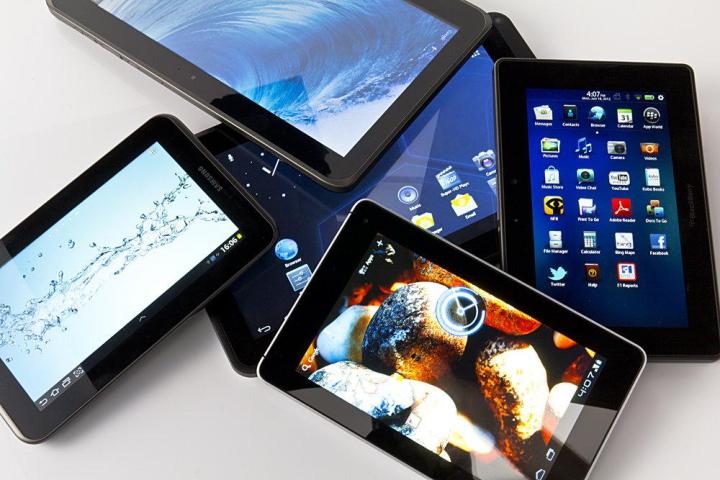
We’ve known tablets are growing in popularity, but we didn’t know just how many of you already own them. According to an ongoing Pew study, 35 percent of Americans 16-and-older now own a tablet computer, and 24 percent of them own an ebook reader, like a Kindle. These numbers are up substantially from a year ago, when only 25 percent owned a tablet and 19 percent owned an e-reader.
These figures put tablets about at the level where smartphones were a year or so ago. Currently 55 percent of Americans own a smartphone and 91 percent own a cell phone. At this rate, about half of people will own a tablet by this time next year, if not more.
So who are buying all these tablets? Pew has some answers
- Women edge out men: They’re slightly more popular with women (36 percent), while only 34 percent of men do.
- Asian-Americans love tablets: Splitting it up by race/ethnicity, Asian-Americans are the most engaged on tablets, with 50 percent penetration, followed by Hispanics at 37 percent, whites at 35 percent, and blacks at 29 percent.
- High-school teenagers love tablets: 46 percent teens aged 16-17 have tablets. The next most-popular group are those ages 30-49 with 44 percent, followed by 18-29 at 37 percent. The numbers trail down to 18 percent of those 65 and higher.
- More education = More tablets: College-educated people bought the most tablets at 49 percent, and the numbers trailed down with education level ending at 21 percent for those without a high school diploma. This may correlate to incomes (see next).
- More income = More tablets: Those who make $150,000 or more own tablets in droves, with a 65-percent purchase rate. 57 percent of $100K+ earners own them, and it trails down after that to a low 22 percent for those making less than $30,000 a year. Tablets are indeed a luxury item right now.
- Suburbanites edge out city dwellers: 37 percent of those living in the suburbs own a tablet compared to 36 percent of those living in a city. Only 27 percent of rural country folk have a slate in the house.
If you look at ebook reader numbers, they break down similarly, but there are some differences. Women seem to read more (27 to 22 percent); whites own the most of them at 26 percent, followed by Asian Americans at 22 percent; people ages 30-49 buy them most frequently (30 percent), with about 24 percent of everyone younger owning one. College-educated, $150,000+ earners still buy in the largest percentages, as do suburbanites.
What’s most interesting is who owns smartphones. The most-likely buyer out of anyone would be an Asian American male, aged 18-29 with a college degree, making $150,000+, and living in the city.
Pew’s numbers come from telephone interviews with 6,224 people ages 16+, living in the United States, and are conducted on landline phones.


